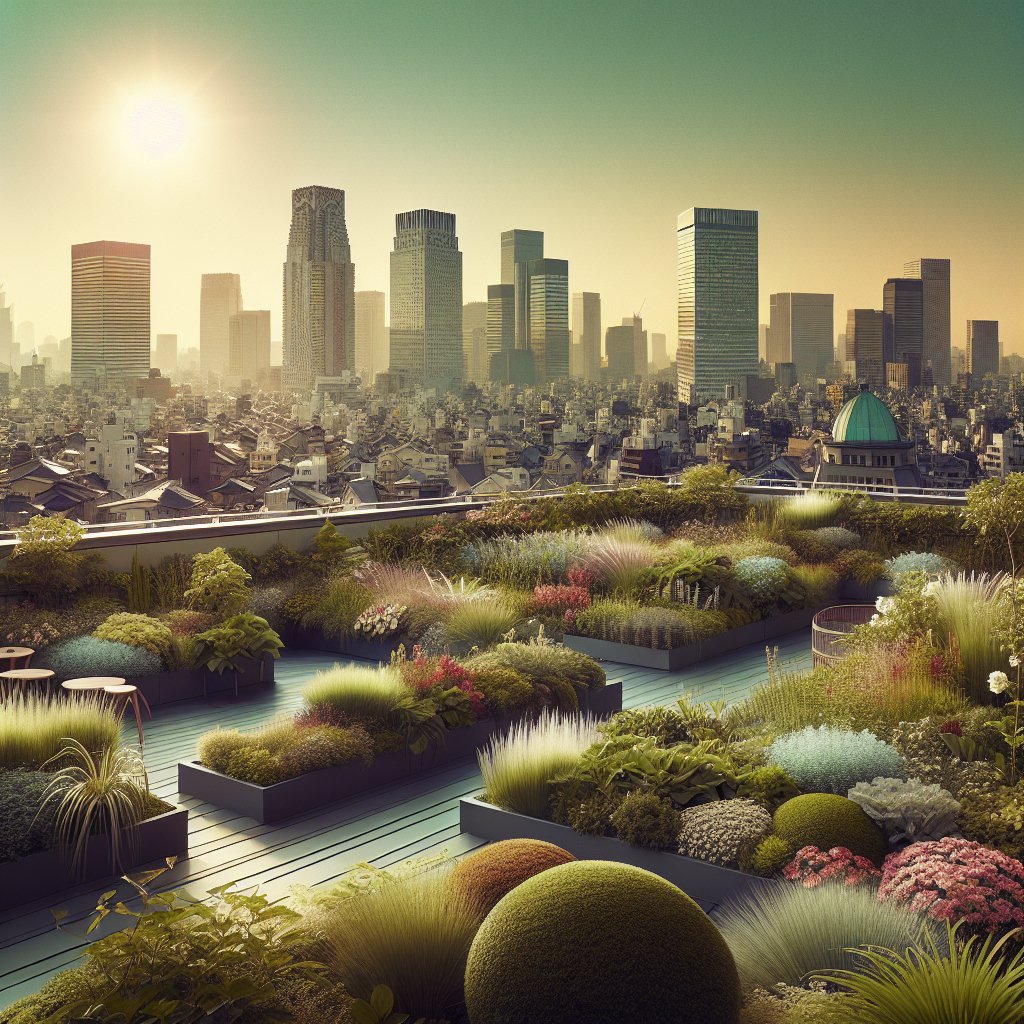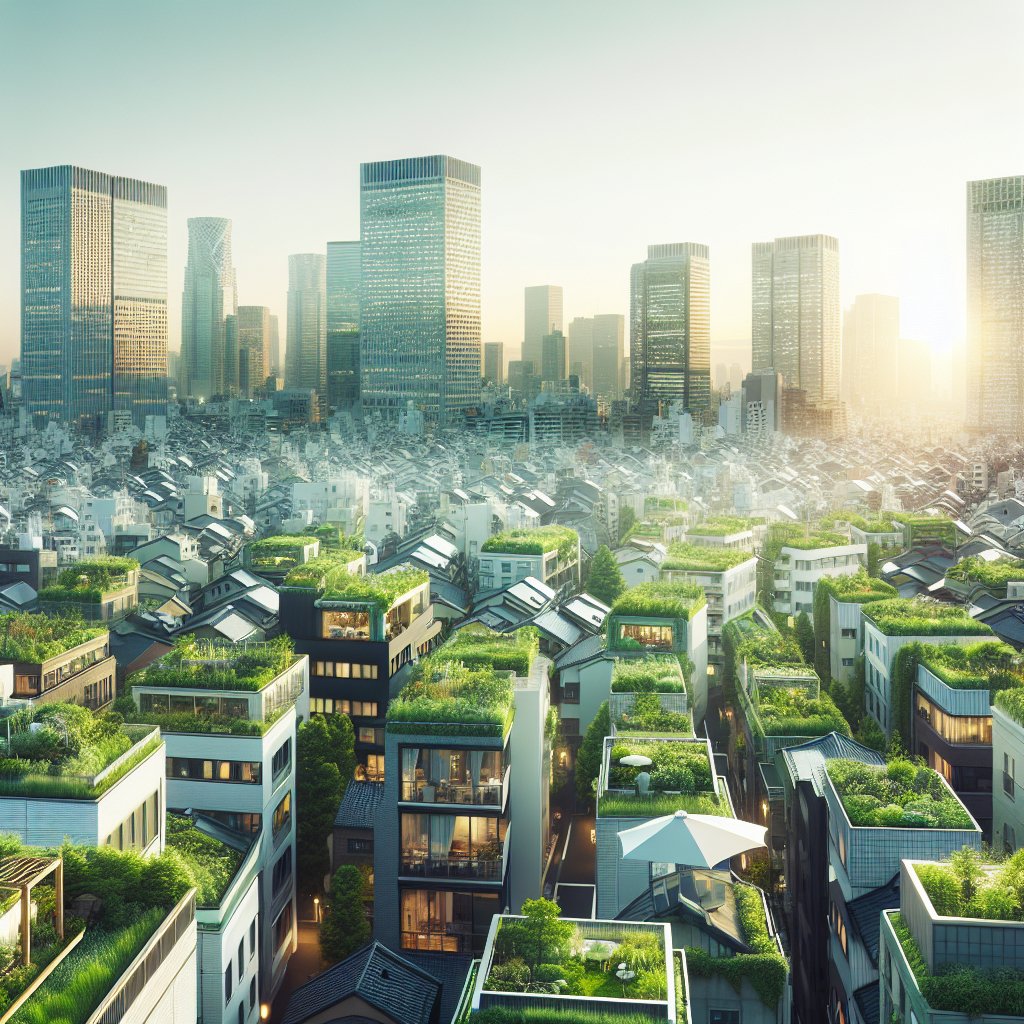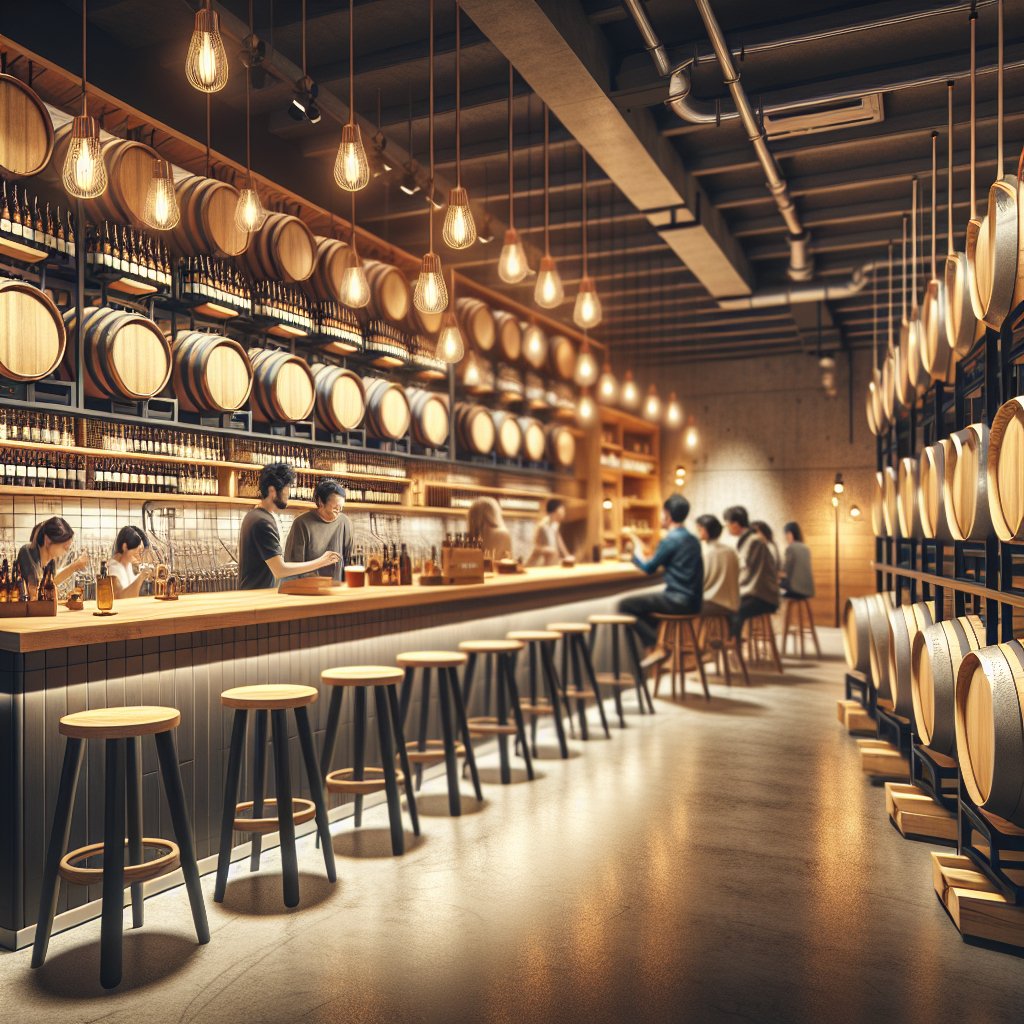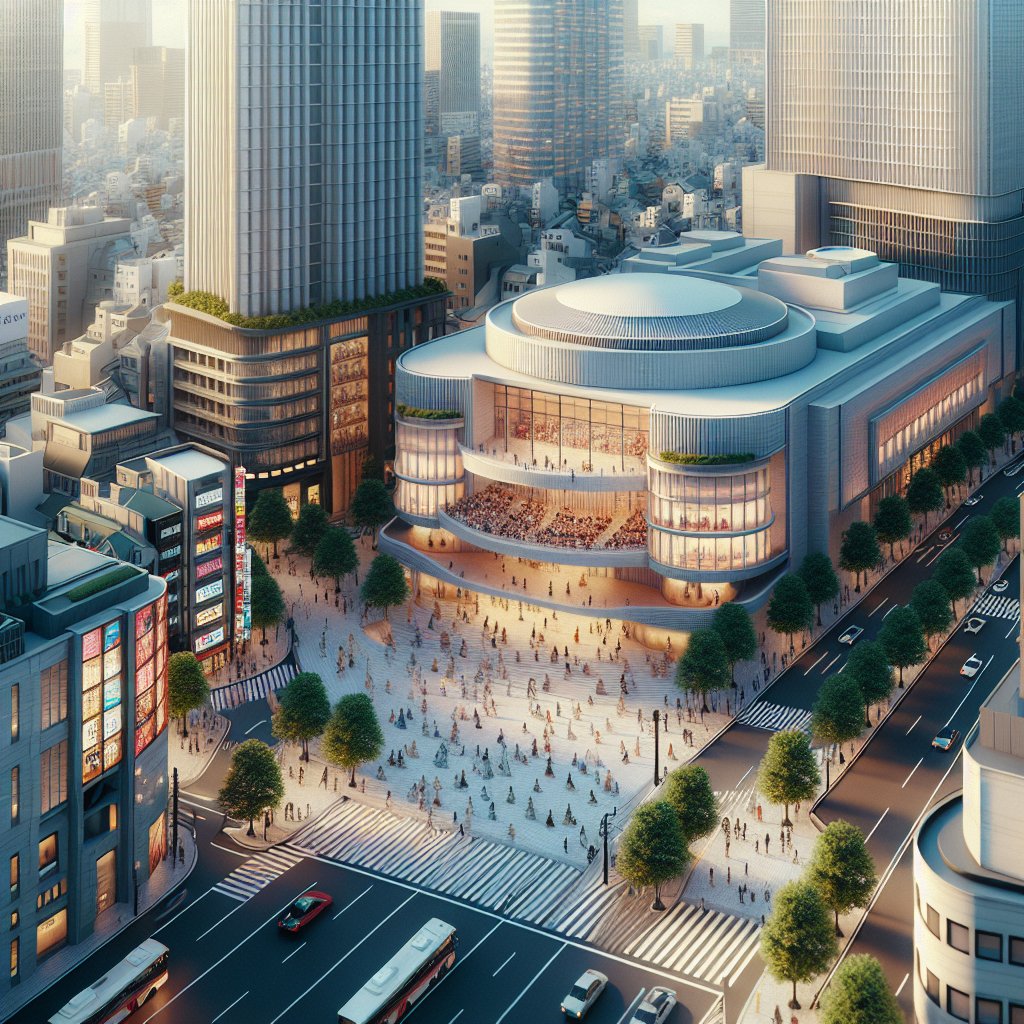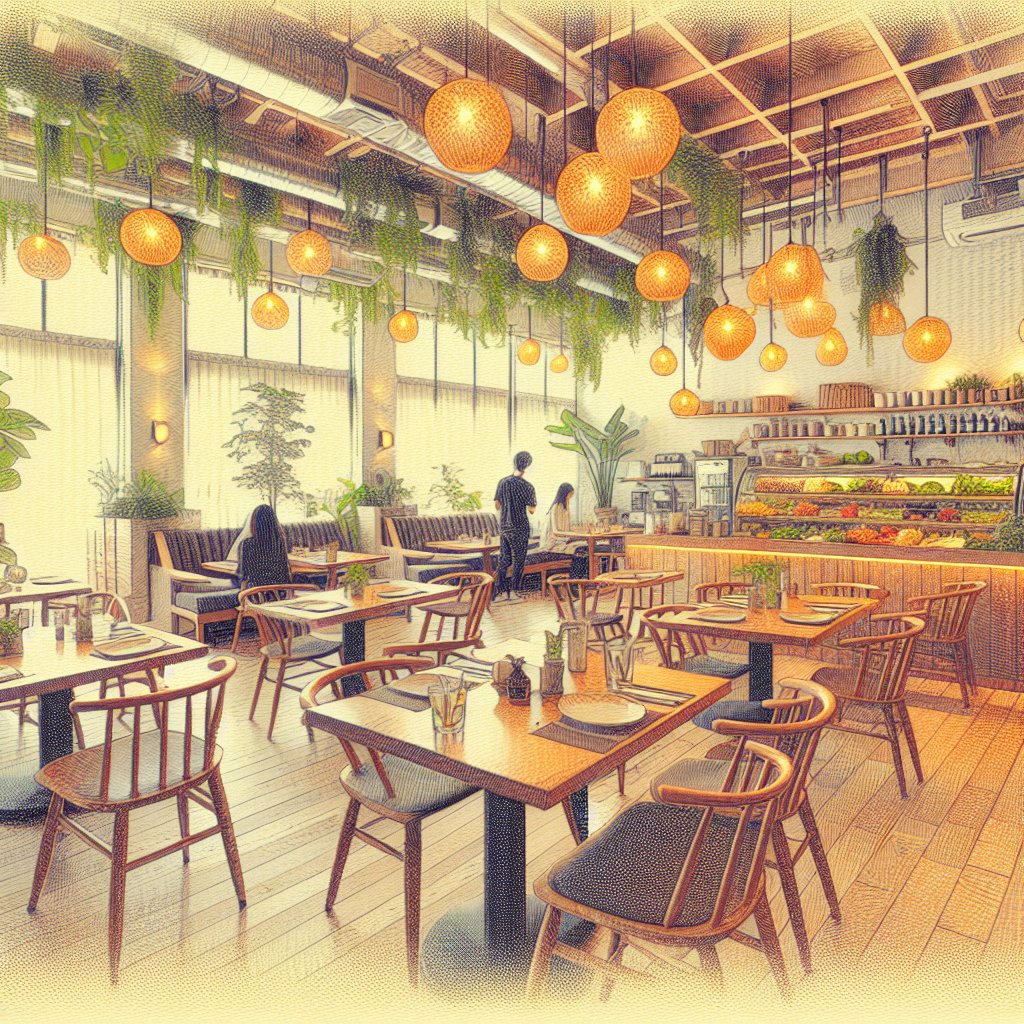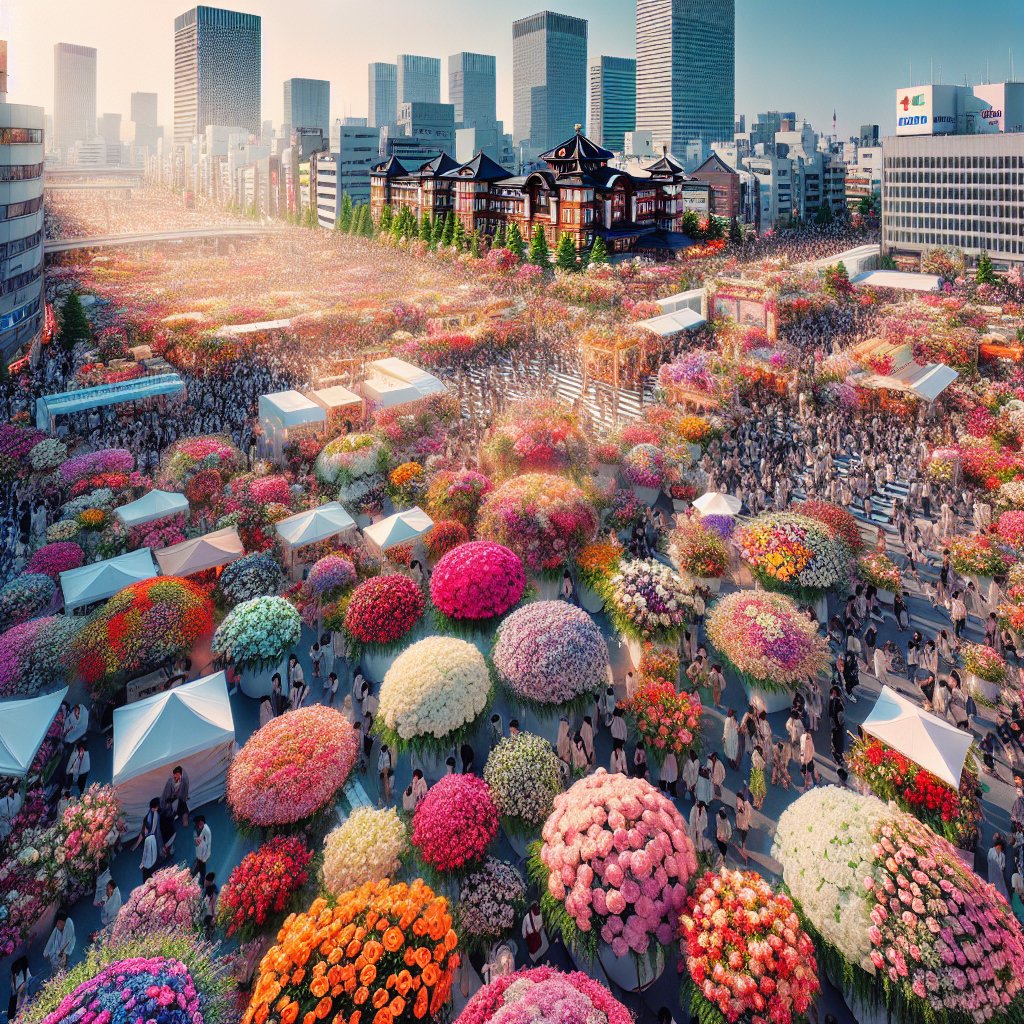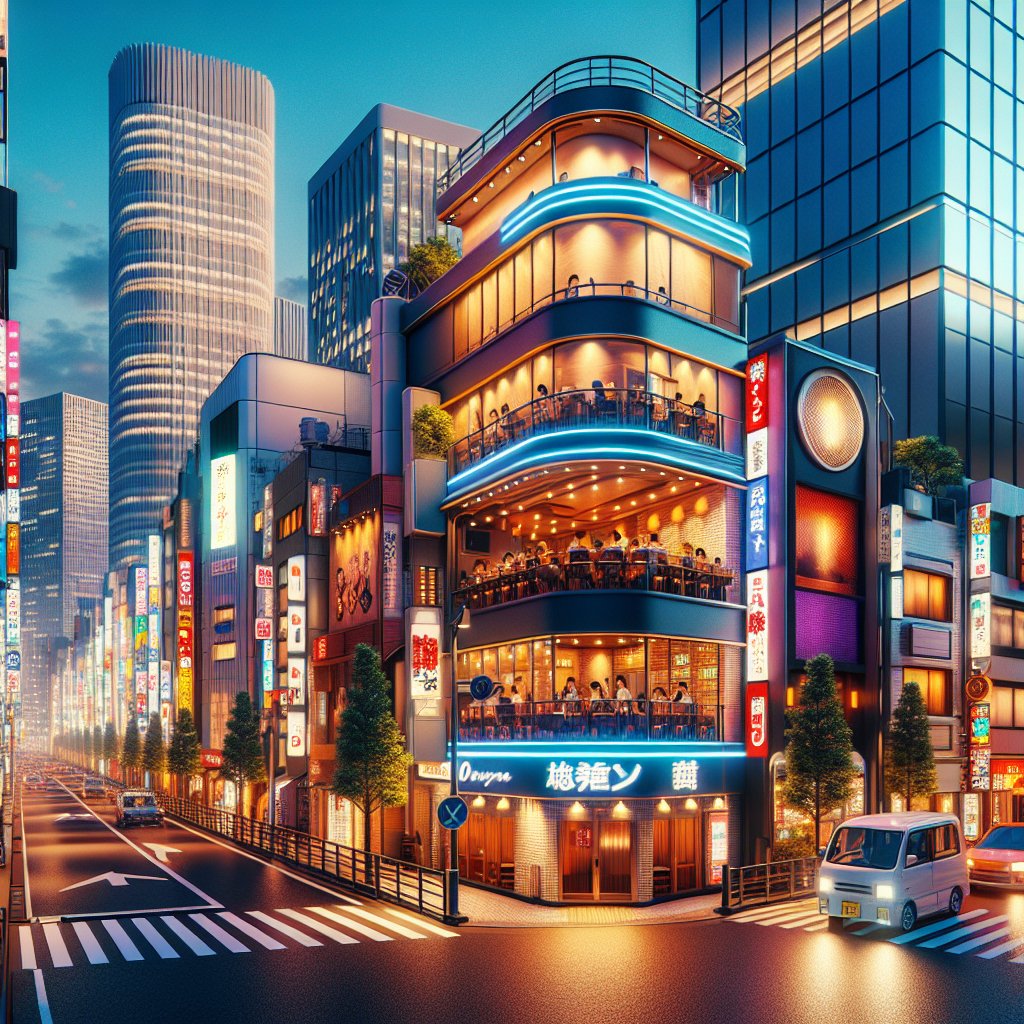Tokyo, a bustling metropolis known for its towering skyscrapers and vibrant city life, offers a surprising oasis of tranquility in the form of rooftop gardens. These elevated green spaces provide a unique perspective on urban living, blending nature with the architectural marvels of the city. In this article, we will explore some of Tokyo’s top rooftop gardens, delving into their design, significance, and the experiences they offer to both locals and tourists alike.
The Rise of Rooftop Gardens in Tokyo
As urbanization continues to expand, cities like Tokyo face the challenge of balancing development with environmental sustainability. Rooftop gardens have emerged as a creative solution to this dilemma, offering a breath of fresh air amidst the concrete jungle. These gardens not only enhance the aesthetic appeal of buildings but also contribute to environmental benefits such as reducing the urban heat island effect, improving air quality, and providing habitats for urban wildlife.
The concept of rooftop gardens is not entirely new to Tokyo. Historically, Japanese architecture has always emphasized harmony with nature, and this philosophy extends to modern urban planning. The integration of green spaces into urban environments reflects a deep-rooted cultural appreciation for nature, which is evident in the meticulous design and maintenance of these gardens.
In recent years, the popularity of rooftop gardens in Tokyo has surged, driven by both public and private initiatives. Government policies promoting green infrastructure, coupled with the increasing demand for sustainable living spaces, have encouraged developers to incorporate gardens into their building designs. As a result, Tokyo now boasts a diverse array of rooftop gardens, each offering a unique experience and perspective on the city.
Exploring Tokyo’s Iconic Rooftop Gardens
One of the most renowned rooftop gardens in Tokyo is the Shinjuku Gyoen National Garden. While the main garden is a sprawling expanse of greenery, the rooftop section offers a more intimate setting with panoramic views of the city skyline. Visitors can enjoy a leisurely stroll among carefully curated plant species, or simply relax and take in the serene atmosphere.
Another notable rooftop garden is located atop the Roppongi Hills Mori Tower. This garden is part of the Mori Art Museum and offers a unique blend of art and nature. The design incorporates contemporary sculptures and installations, creating a dynamic space that encourages visitors to reflect on the relationship between urban life and the natural world. The garden also hosts various events and workshops, making it a vibrant cultural hub in the heart of Tokyo.
For those seeking a more immersive experience, the Yebisu Garden Place offers a lush, expansive rooftop garden that transports visitors away from the hustle and bustle of the city. This garden features a variety of themed sections, including a rose garden, herb garden, and a traditional Japanese garden. The diverse plant life attracts a wide range of birds and insects, creating a lively ecosystem that delights nature enthusiasts.
In addition to these well-known gardens, Tokyo is home to numerous smaller, hidden rooftop gems. Many commercial buildings and shopping centers have embraced the trend, transforming their rooftops into green sanctuaries. These gardens often feature cafes and seating areas, providing a perfect spot for a peaceful retreat or a casual meeting with friends.
The Impact of Rooftop Gardens on Urban Living
Rooftop gardens in Tokyo are more than just aesthetic enhancements; they play a crucial role in improving the quality of urban life. By providing green spaces in densely populated areas, these gardens offer residents and visitors a place to unwind and connect with nature. This is particularly important in a city like Tokyo, where space is limited and access to traditional parks may be restricted.
Moreover, rooftop gardens contribute to the city’s environmental sustainability. The vegetation helps to absorb carbon dioxide and other pollutants, improving air quality and reducing the overall carbon footprint of the city. The gardens also help to mitigate the urban heat island effect, as the plants and soil absorb heat and provide natural cooling. This can lead to reduced energy consumption for air conditioning, further promoting sustainable urban living.
Socially, rooftop gardens foster a sense of community and well-being. They serve as gathering spaces for people of all ages, encouraging social interaction and community engagement. Many gardens host events, workshops, and educational programs, promoting environmental awareness and sustainable practices among the public.
Conclusion: The Future of Rooftop Gardens in Tokyo
As Tokyo continues to evolve, the role of rooftop gardens in shaping the city’s landscape and lifestyle is likely to grow. These green spaces represent a harmonious blend of tradition and innovation, reflecting Tokyo’s commitment to sustainability and quality of life. As more buildings incorporate rooftop gardens into their designs, the city will continue to benefit from the environmental, social, and aesthetic advantages they offer.
In conclusion, Tokyo’s rooftop gardens are a testament to the city’s ability to adapt and thrive in the face of urban challenges. They provide a unique opportunity to experience nature in an urban setting, offering a peaceful escape from the fast-paced city life. Whether you’re a resident or a visitor, exploring these elevated oases is a must-do experience that showcases the best of Tokyo’s innovative spirit and cultural heritage.
